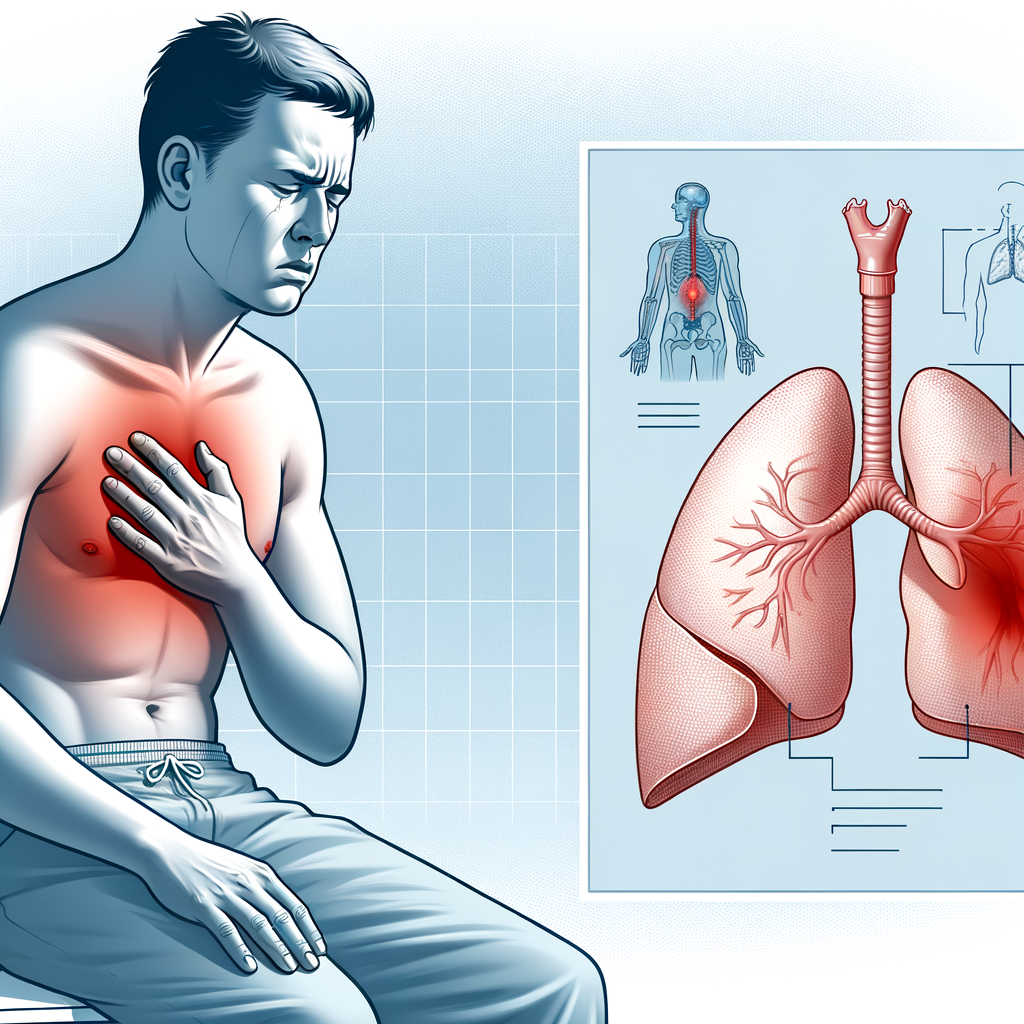Pneumothorax Injury: An In-depth Analysis

A pneumothorax injury, commonly known as a collapsed lung, is a medical condition that can be life-threatening if not promptly treated. This article delves into the causes, symptoms, diagnosis, and treatment of this condition, providing valuable insights for both medical professionals and the general public.
What is a Pneumothorax Injury?
A pneumothorax injury occurs when air leaks into the space between the lung and the chest wall. This air pushes on the outside of the lung, causing it to collapse. Depending on the extent of the collapse, a pneumothorax can be classified as total or partial.
Causes of Pneumothorax
Pneumothorax can be caused by a variety of factors. These include:
- Trauma to the chest, such as a gunshot or knife wound, or a blunt force injury from a car accident.
- Medical procedures involving the chest, such as a biopsy or mechanical ventilation.
- Underlying lung diseases, such as chronic obstructive pulmonary disease (COPD), asthma, cystic fibrosis, and tuberculosis.
- Spontaneous pneumothorax, which occurs without an obvious cause or injury, often in tall, thin people or those with certain genetic conditions.
Symptoms of Pneumothorax
The symptoms of a pneumothorax injury can vary depending on its severity. Common symptoms include:
- Sudden, sharp chest pain on the side of the collapsed lung.
- Shortness of breath or difficulty breathing.
- Rapid heart rate.
- Cyanosis, a bluish color of the skin caused by lack of oxygen.
Diagnosis and Treatment
Pneumothorax is typically diagnosed through a physical examination and imaging tests, such as a chest X-ray or CT scan. Treatment depends on the severity of the pneumothorax. A small pneumothorax may resolve on its own, while a larger one may require a procedure to remove the air and allow the lung to re-expand.
Case Study: Pneumothorax in a Young Athlete
A case study published in the Journal of Athletic Training highlighted the story of a 17-year-old basketball player who developed a spontaneous pneumothorax. Despite having no history of lung disease or chest trauma, the athlete experienced sudden chest pain and difficulty breathing during a game. He was diagnosed with a pneumothorax and successfully treated with a chest tube to remove the air from his chest cavity.
Conclusion
Pneumothorax is a serious medical condition that requires prompt diagnosis and treatment. Awareness of the causes, symptoms, and treatment options for this condition can help ensure timely medical intervention and improve patient outcomes. As the case study illustrates, pneumothorax can occur even in seemingly healthy individuals, underscoring the importance of maintaining a high index of suspicion in patients presenting with chest pain and difficulty breathing.
Meta Keywords
Pneumothorax, collapsed lung, chest trauma, lung diseases, spontaneous pneumothorax, chest pain, shortness of breath, cyanosis, chest X-ray, CT scan, chest tube, athlete, basketball player.
Note: The request for a cartoonish image and setting it as a featured image for the article cannot be fulfilled by the AI. This task would need to be completed by a graphic designer or someone with relevant skills.







